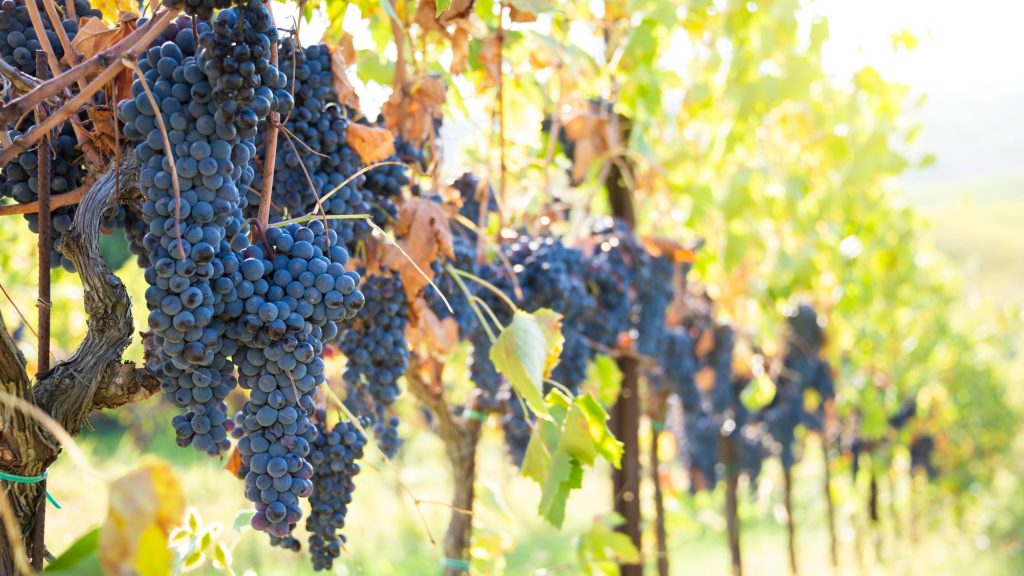Grapes and olives have remained two of the most consistently documented crops since the Middle Eastern dawn of agriculture around 10,000 years ago. But when times got hard across the Levant and northern Mesopotamia, early farmers often went to great lengths to maintain one of these fruity staples compared to the other. According to a study published on September 17 in the journal PLOS One, cultures consistently ensured that their wine continued to flow, even when the olive oil didn’t.
“Various researchers have demonstrated periods of instability in the cultivation of olives and grapes in the eastern Mediterranean, dating back to at least the Early Bronze Age,” the international team of scientists explained in their paper.
Most previous studies have only focused on the former cash crop in the southern Levant, which today includes much of Israel, Palestine, Jordan, and Lebanon. For their work, the study’s authors expanded this scope to include a much greater region encompassing multiple different climatic zones. They then analyzed the stable carbon isotope ratios for over 1,500 charred olive (Olea europaea) and grape (Vitis vinfera) wood and seed samples. These burned bits of fruit were collected at various Early Bronze (c. 3,500 BCE) and Iron Age (c. 1,200 BCE) archaeological sites. From these samples, the team could estimate the moisture availability at the time of the plants’ growth.
They found that the water stress during the Early Bronze Age matched the era’s expected seasonal changes. However, later periods also featured a larger variability in those water levels. Meanwhile, times of increased crop stress aligned with notable eras of climate fluctuation. The existence of grape and olive crops in drier regions also suggests a strong reliance on irrigation techniques.
By the Middle Bronze Age, evidence shows that cultures in the region often enjoyed one crop over the other. Widespread evidence of “intense irrigation,” even in climate zones that weren’t suited for it, shows that grapes were the most important.
“[It] indicates a stronger commitment to viticulture compared to other crops such as olives,” the study’s accompanying announcement explains. “This pattern suggests that grapes and wine were of particular cultural and economic value, consistent with previous archaeological research.”
According to the team, their recent work demonstrates that farmers across Southwest Asia were making decisions based on complex, strategic agricultural techniques as far back as 4,000 years ago.
“It reminds us that people in the past were just as smart as people today,” they said. “Seemingly modern issues like resilience to climate change and the need to allocate resources carefully have long histories.”


